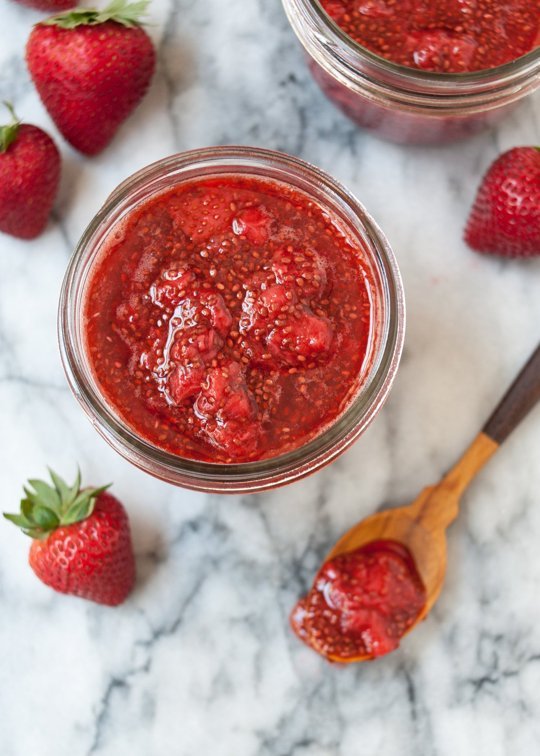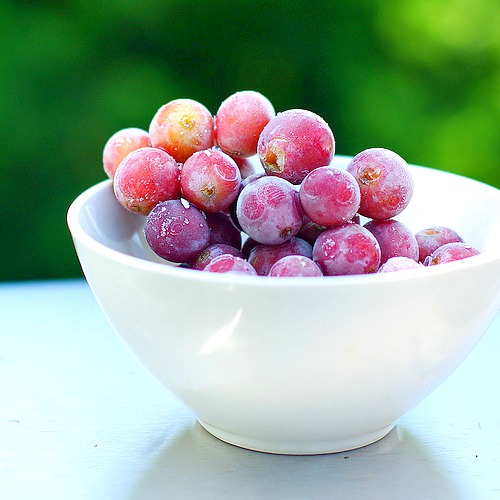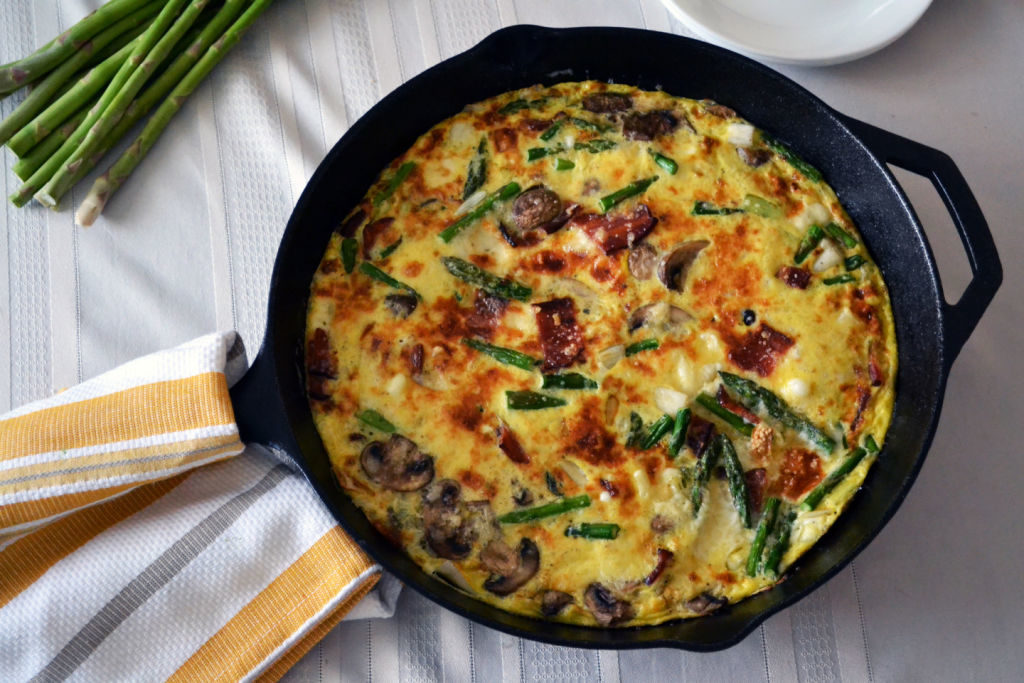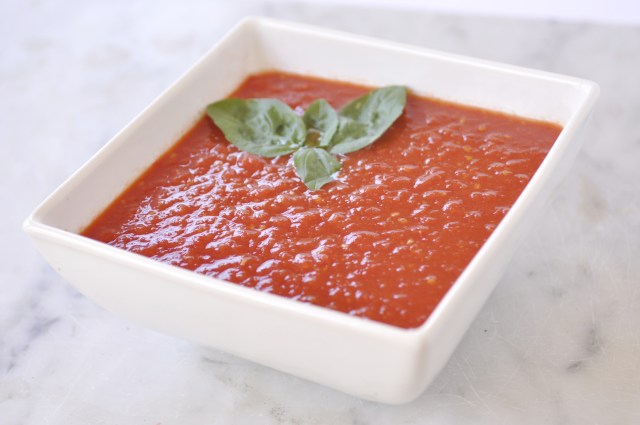It’s always a sad day when you have to throw out overly ripe fruit or rotten vegetables. So you went a little overboard at the produce section and now you are left staring at all your fruits and veggies slowly going to waste. The solution? No one wants to eat squishy or brown anything (avocados, we’re looking at you), so say sayonara to the wasteful habit of throwing out your produce with these 5 creative and healthy tips.
1. Frozen Banana Bites

Photo by Abigail Wilkins
Curse you bananas for always being in a bundle of 5+ at the grocery store. Call me picky, but I cannot bring myself to eat anything but a perfectly ripe banana. So, whenever those brown spots start popping up I slice ’em up and drizzle toppings like yogurt, peanut butter, nutella, or honey and then pop them in the freezer. Your waistline and wallet will thank you — and if you really want to get your money’s worth, here’s how you can make use of a banana peel.
2. Chia Seed Jam

Photo courtesy of Emma Christensen
This is seriously so easy to make and is healthier than other jams, which typically have a lot of sugar in them. Just take mushy looking berries (strawberries, rasberries, blackberries, whatever you like) mash them up, add 1-2 tablespoons of lemon juice, 1-2 tablespoons of honey/agave, and then about 2 tablespoons of chia seeds (more if needed), mix it all together and place it in the fridge for a couple hours. Once the chia seeds absorb the liquid, you’ll have a delicious jam that is nutrient packed, and great for a light summer snack.
3. Frozen Grapes

Photo courtesy of theglowingfridge.com
Frozen grapes are a great alternative to other dessert foods when you’re trying to watch sugar intake. If you, like me, buy way more grapes than you’ll ever be able to eat, just throw half of them in the freezer — they’ll stay delicious for months.
#SpoonTip: De-stem, wash, and place grapes on baking sheet first to freeze, and then place them in a ziplock bag that goes back into the freezer for storage to prevent clumping.
4. Frittata

Photo courtesy of fliptime.co.uk
I got this brilliant idea from health food Instagrammer Rachael DeVaux. I tend to buy way too many veggies for one college girl to consume. So when I notice them starting to rot, I slice up as many as I can, and sauté in some olive oil, salt, and pepper. I’ll pour them over eggs, let the mixture sit for 3 minutes, and then broil it in the oven until the top browns. If you make the frittata big enough you’ll have delicious meals for days.
5. Berry Ice Cubes

Photo courtesy of goinghometoroost.com
It’s summer, which means stocking up on every berry in the grocery store. They go bad quickly though, and sometimes I just can’t keep up with their short lifespan. If my berries start to get mushy, or I see a couple starting to mold I’ll put a couple in an ice tray and make berry ice cubes. Not only is this artsy but it makes meeting your daily hydration needs way more appealing.
6. Avocado Smoothies

Photo courtesy of chelseacrockett.com
Avocados have many health benefits in addition to being just plain delicious. The downside? They’re also expensive and ripen all too quickly. When avocados have gotten too soft and brown for my liking, I remove the skin and freeze them in a plastic bag. Move over frozen bananas — avocados make for the creamiest smoothies. I was hesitant when first I heard of putting avocado in a smoothie, but I was quickly hooked. My favorite breakfast smoothie to make is 1/2 cup of chocolate almond milk, a scoop of chocolate protein powder, two tablespoons of matcha powder, half of a frozen avocado, and a tablespoon of cocoa nibs.
7. Tomato Pasta Sauce

Photo courtesy of Leigh Anne Wilkes
Squishy tomatoes aren’t exactly appealing, but when I throw them into a delicious pasta sauce I find their ripeness actually adds to the flavor. This makes more of a chunky tomato sauce, but only requires a few ingredients and little effort. All you need is some olive oil, fresh basil, salf and pepper, and some garlic. First, coat the bottom of the sauce pan with olive oil and add some garlic. Then slice up all the tomatoes and add them (juices and all) to the pan. Let them simmer for a bit and then continue to stir, and after about 7 minutes or so they’ll soften and start to form a tomato paste.
You can continue to simmer until you reach a desired consistency (longer=more paste like, shorter=chunkier sauce). To finish, add in some fresh basil leaves, a little sale e pepe, and voila — a healthy tomato sauce. Never again will I hate on overly ripe tomatoes.

